The coefficient of static friction, μs between block A of mass 2 kg and the table as shown in the figure is 0.2. What would be the maximum mass value of block B so that the two blocks do not move? The string and the pulley are assumed to be smooth and massless.(g=10m/s2)
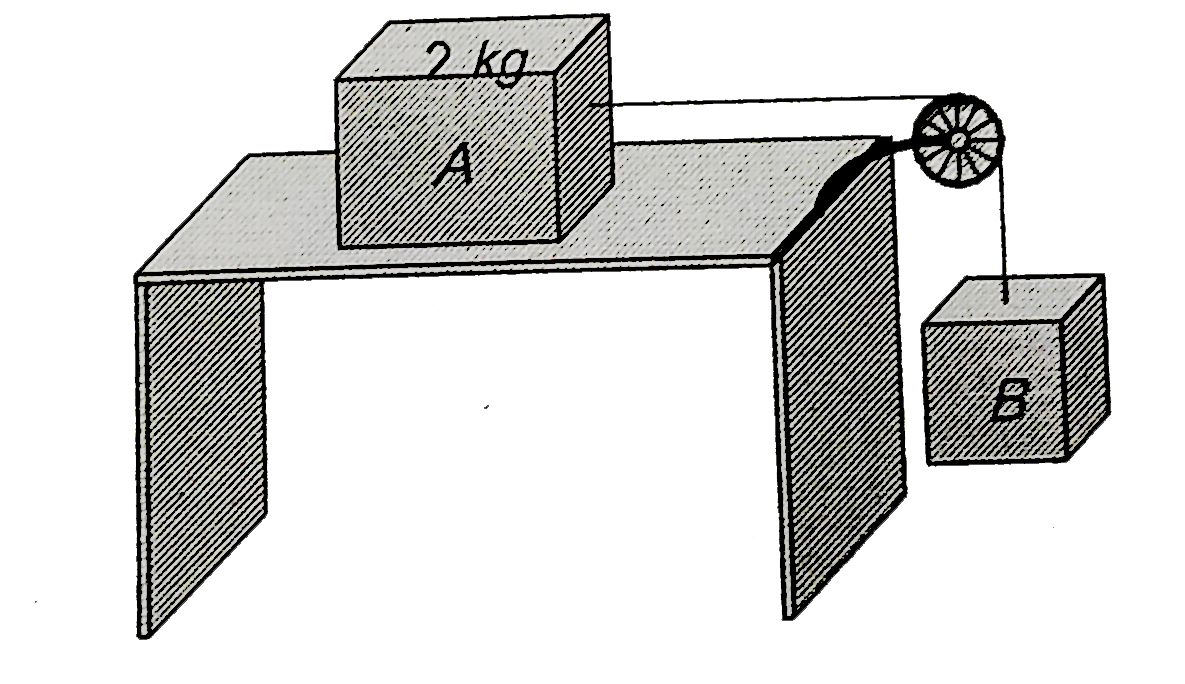
2.0Kg
4.0Kg
0.2Kg
0.4Kg
The correct Answer is:D
Step by step video & image solution for The coefficient of static friction, mu_(s) between block A of mass 2 kg and the table as shown in the figure is 0.2. What would be the maximum mass value of block B so that the two blocks do not move? The string and the pulley are assumed to be smooth and massless.(g=10m//s^(2)) by Physics experts to help you in doubts & scoring excellent marks in Class 11 exams.
Topper's Solved these Questions
- BOOK - TARGET PUBLICATIONCHAPTER - FRICTION IS SOLIDS AND LIQUIDS EXERCISE - MCQ (EVALUATION TEST)21videos
FRICTION IS SOLIDS AND LIQUIDS
- BOOK - TARGET PUBLICATIONCHAPTER - FRICTION IS SOLIDS AND LIQUIDS EXERCISE - MCQ (CRITICAL THINKING)68videos
FRICTION IS SOLIDS AND LIQUIDS
- BOOK - TARGET PUBLICATIONCHAPTER - FORCE EXERCISE - Evaluation Test16videos
FORCE
- BOOK - TARGET PUBLICATIONCHAPTER - MAGNETIC EFFECT OF ELECTRIC CURRENT EXERCISE - Evaluation Test12videos
MAGNETIC EFFECT OF ELECTRIC CURRENT
Similar Questions
The coefficient of static friction, μs between block A mass 2kg and the table as shown in the figure, is 0.2. What would be the maximum mass value of block B, so that the two blocks do not move ? The string and the pulley are asseumed to be smooth and massless (g=10m/s2)
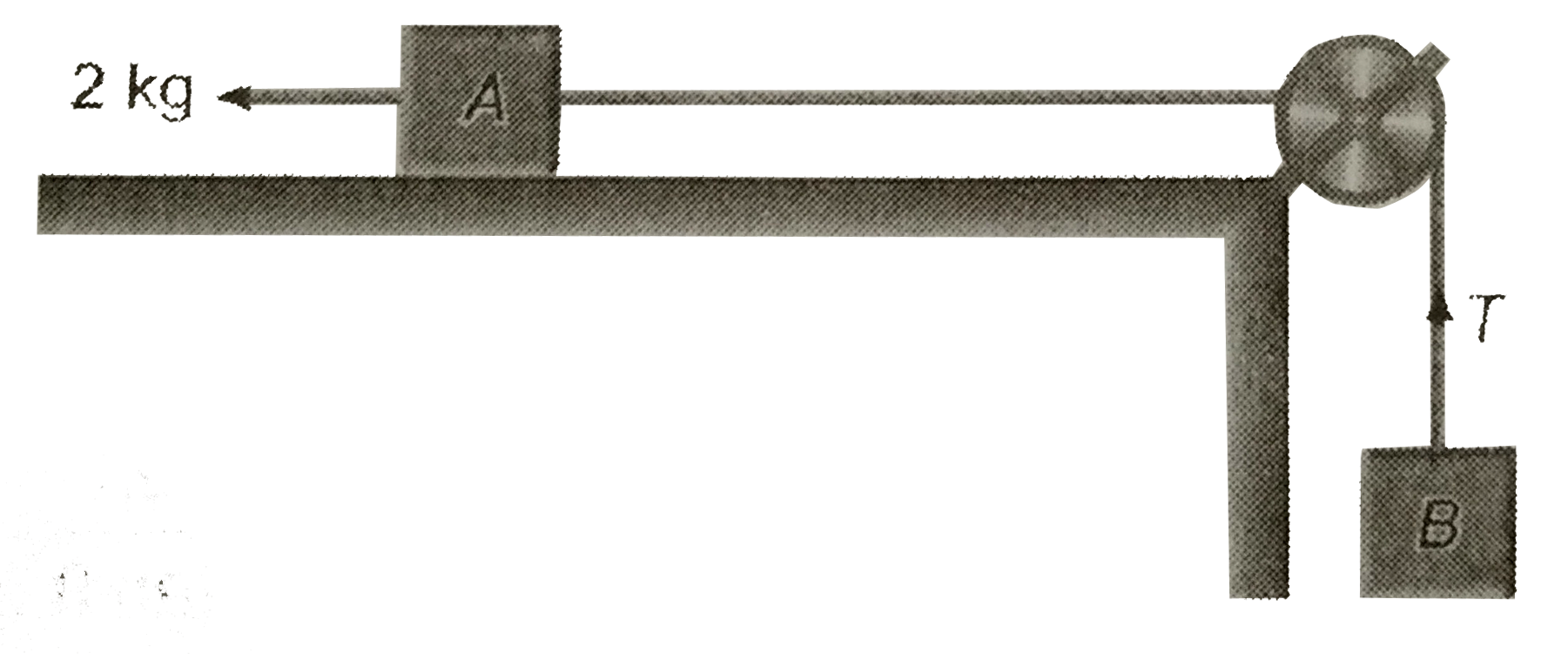 View Solution
View SolutionIn the figure shown, the coefficient of static friction between the block A of mass 20 kg and horizontal table is 0.2. What should be the minimum mass of hanging block just beyond which blocks start moving?
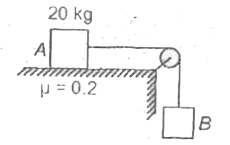 View Solution
View Solution
Knowledge Check
- Question 1 - Select One
The coefficient of static friction μs between block A of mass 2kg and the table as shown in is 0.1 What would be the maximum mass value of blocks B so that the two bloks do not move ? The string and the pulley are assumed to be smooth and massless (g=10m/s2)
 .A0.2kgB0.4kgC2.0kgD4.0kg
.A0.2kgB0.4kgC2.0kgD4.0kg - Question 2 - Select One
The coefficient of static friction between the block of 2 kg and the table shown in figure is μs=02. What should be the maximum value of m so that the blocks does not move? Take g=10m/s2. The string and the pulley are light and smooth.
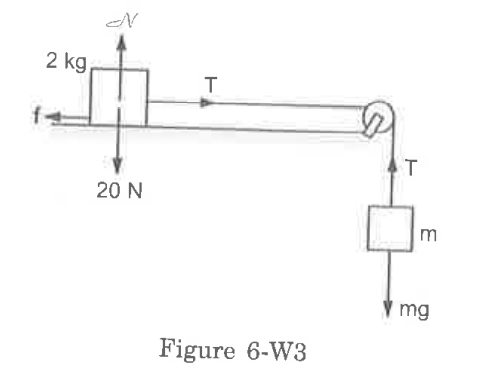 A0.4 kgB0.2 kgC0.1 kgD0.5 kg
A0.4 kgB0.2 kgC0.1 kgD0.5 kg
The coefficient of static friction between the two blocks shown in figure is μ and the table is smooth. What maximum horizontal forced F can be applied to he block of mass M so that the block move together?
 View Solution
View SolutionThe coefficient of static friction between two blocks is 0.5 and the table is smooth. The maximum horizontal force that can be applied to move the blocks together is N. (take g=10ms−2)
 View Solution
View SolutionIf coeffiecient of friction between the block of mass 2kg and table is 0.4 then out acceleration of the system and tension in the string. (g=10m/s2)
 View Solution
View SolutionIf the mass of the block A = 10 kg and the coefficient of static and kinetic friction is 0.2, then the mass of block B to start the motion is
 View Solution
View SolutionA 'block' of mass 10 kg is suspended with string as shown in figure. Find tension in the string. (g=10m/s2)
 View Solution
View SolutionBlock B of mass 2kg rests on block A of mass 10kg. All surfaces are rought with the value of coefficient of friction as shown in the figure. Find the minimum force F that should be applied on block A to cause relative motion between A and B. (g=10m/s2)
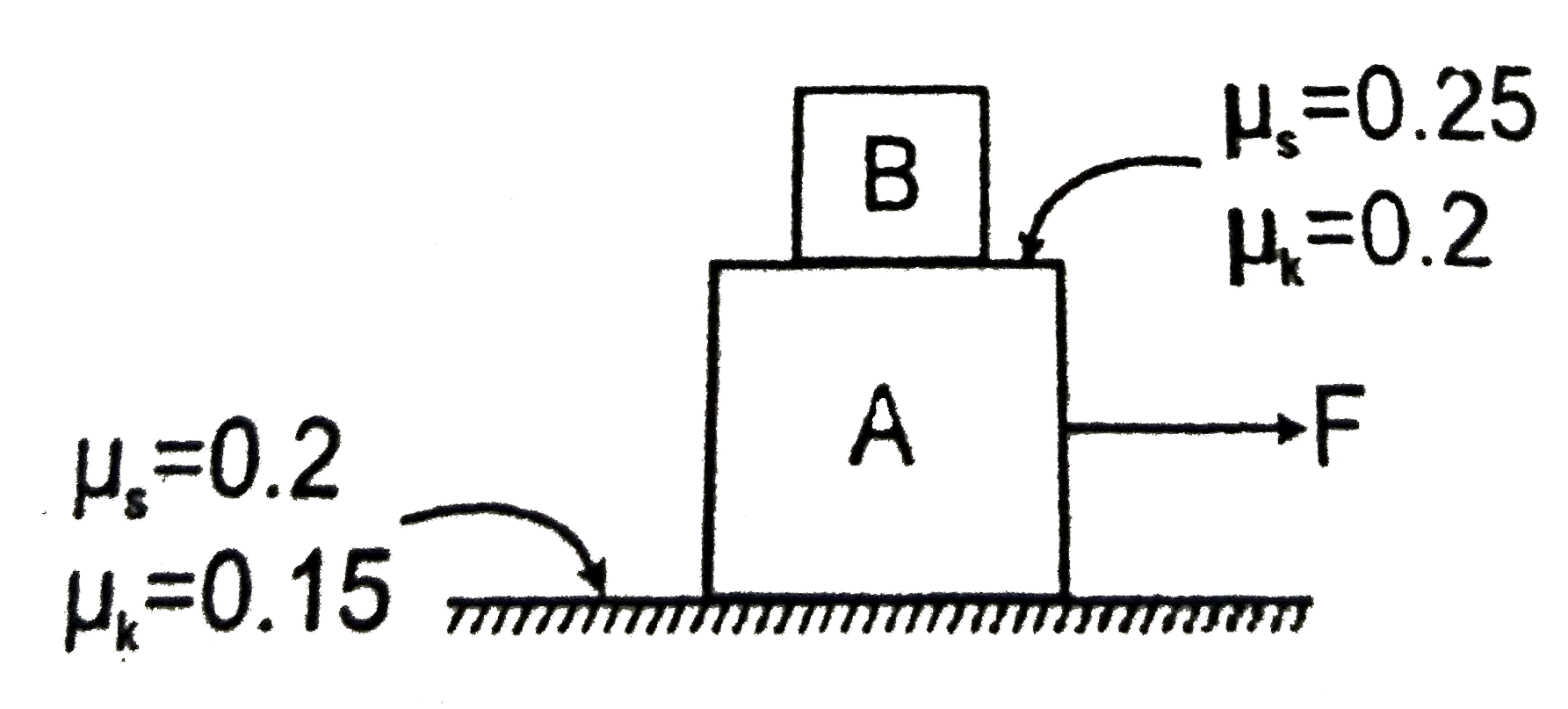 View Solution
View Solution

